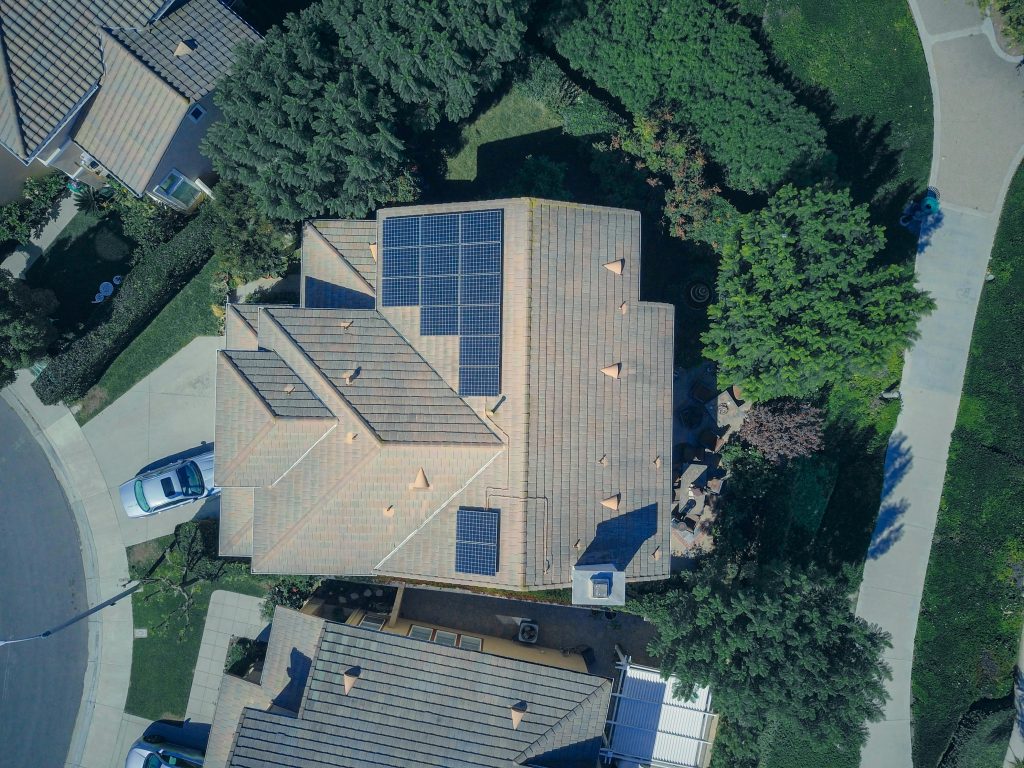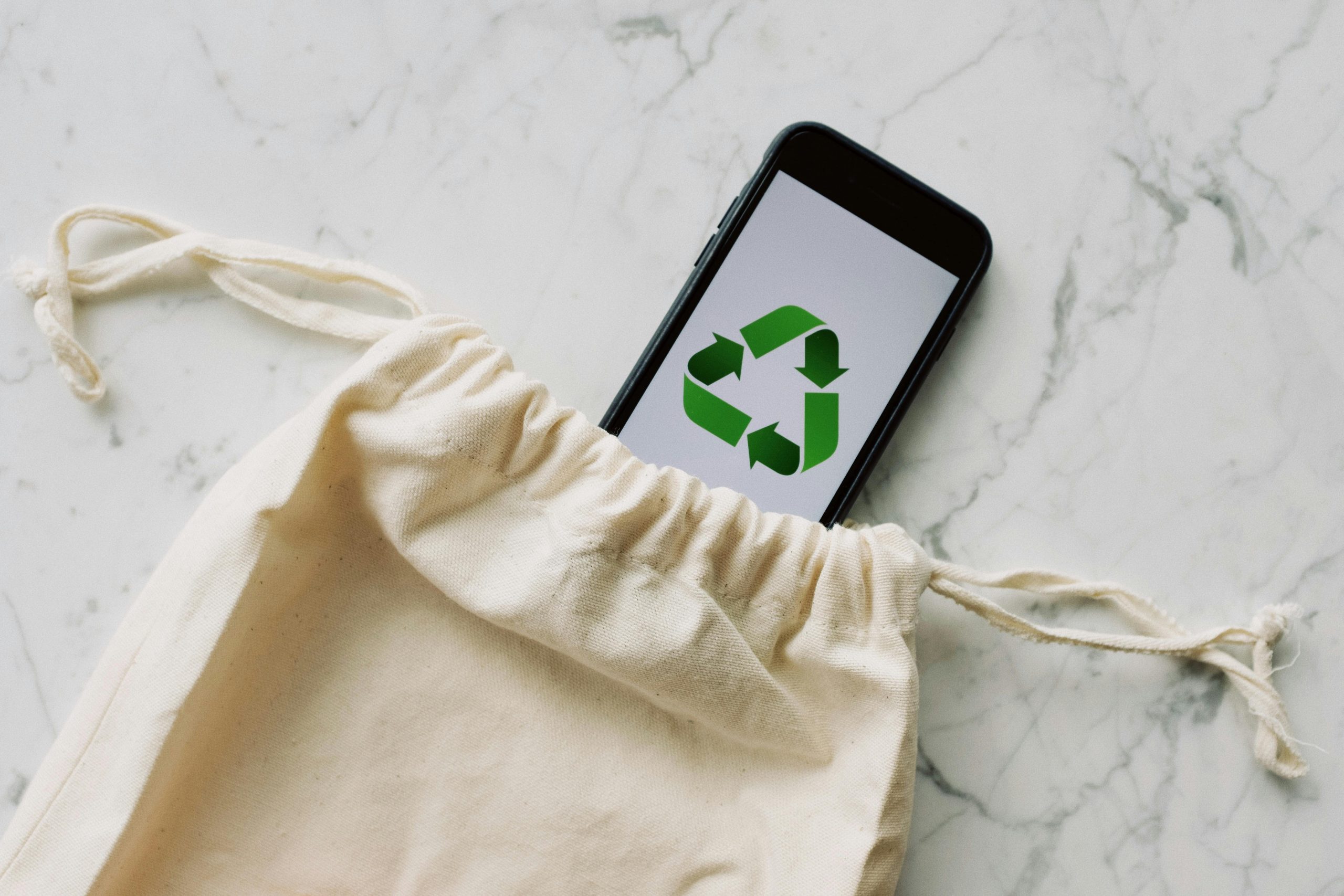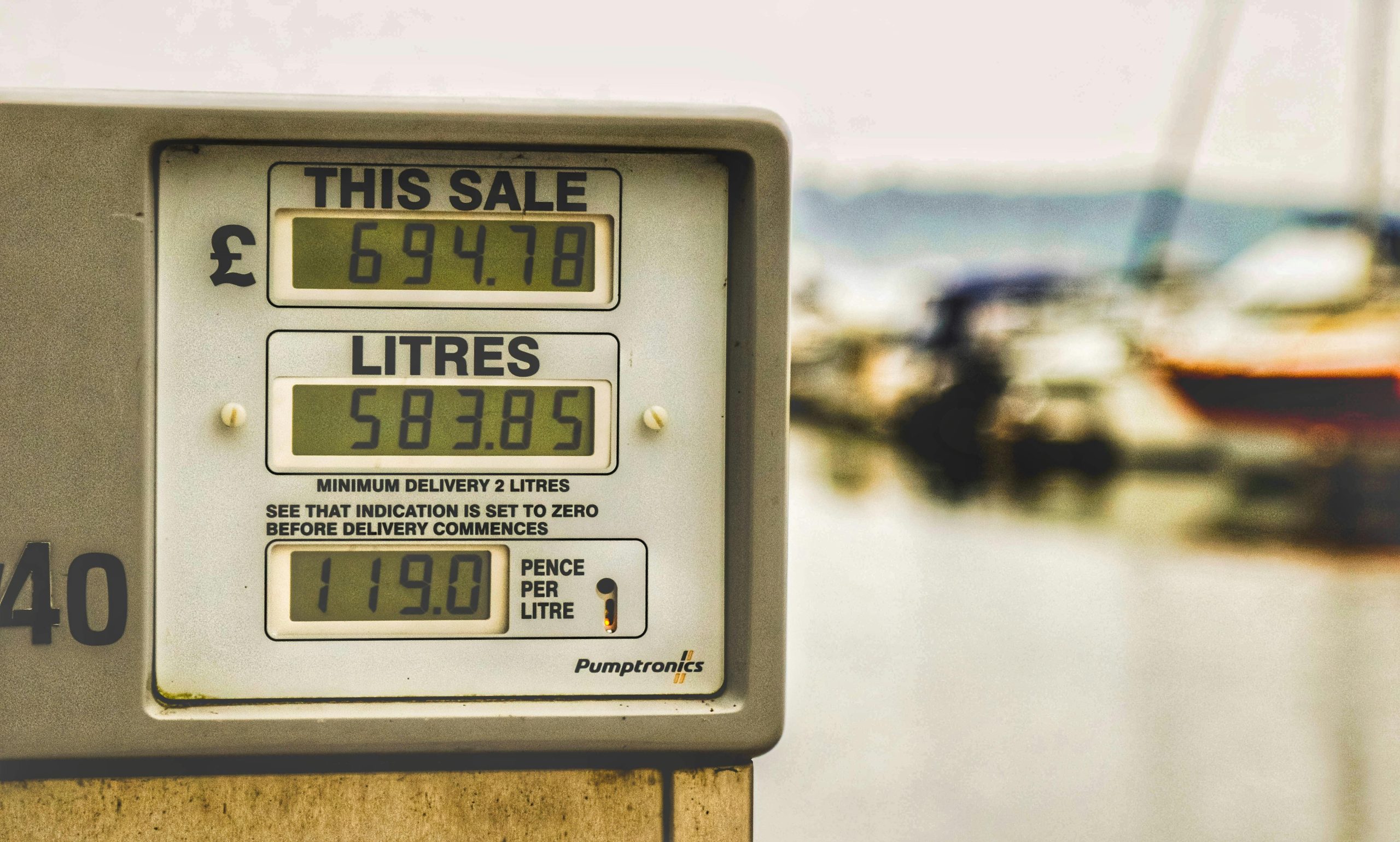
Solar-powered homes use photovoltaic (PV) panels to turn sunlight into electricity. These panels make direct current (DC) power, which an inverter then changes into alternating current (AC)—the standard for home appliances. Extra energy can go into batteries for later, or back to the grid for credits. This means lower electricity bills, more energy independence, a smaller carbon footprint, and a potential boost in property value. The main parts are solar panels, inverters, and often a battery storage system. Let’s see how solar technology is changing smart homes, what the newest trends are, and what this means for green living.
Harnessing the Sun’s Power for Your Smart Home
Putting solar panels with smart home technology is a major advance for modern houses. By 2025, improvements in photovoltaic technology have made solar panels more efficient and affordable. Today’s solar panels can capture more sunlight, even in bad weather. This makes them good for homes in many different climates. With smart home systems, these panels can use energy wisely. They store extra power in home batteries for busy times or emergencies.
Smart inverters are another big step forward in solar energy management. These devices turn solar energy into usable electricity more efficiently. You can also watch them from far away. This gives homeowners real-time information about their energy use and production. This control boosts energy efficiency and helps homeowners make smart choices about their home energy use.
Smart Homes Meet Sustainability: AI, IoT, and Eco-Friendly Living
Combining solar power with smart home technology does more than just save energy. In 2025, smart homes are using artificial intelligence (AI) and the Internet of Things (IoT). They create places that are both sustainable and react to what people need. This mix is key to eco-friendly living.
Smart thermostats, clever lighting, and connected appliances now talk to solar panels. They optimize energy use based on the time of day, weather, and what the homeowner prefers. For example, a smart thermostat can adjust heating or cooling based on available solar power. This reduces reliance on the grid and cuts energy bills a lot.
Also, water conservation technologies are becoming popular in sustainable homes. Smart irrigation systems, often run by solar energy, use sensors and weather data to water gardens well. This saves water without harming the plants. This shows how solar smart homes fully approach resource conservation.
Looking Ahead: The Bright Future of Solar-Powered Smart Homes
The future of solar-powered smart homes looks very promising. As renewable energy technology keeps getting better, we can expect solar power to connect even more smoothly with home automation. This trend makes our homes more eco-friendly. It also makes them stronger against climate change and energy problems.
For homeowners and developers, putting money into solar-powered smart home technology is becoming more appealing. Governments everywhere are giving incentives for switching to renewable energy solutions. This makes it a good financial choice for sustainable home development.
Summary:
The rise of solar-powered smart homes is a big step forward in sustainable living. By using the sun’s energy and linking it with smart technology, we are moving to a future where homes do more than just house us. They actively help save resources and protect our planet. As these technologies keep advancing, using them will be vital for building a more sustainable and resilient future.
Transform Your Home: Explore Solar-Powered Smart Home Solutions Today
If you’re thinking about a more sustainable lifestyle, now is the perfect time to explore what solar-powered smart homes can do. Stay informed, join community talks, and see how these new ideas can make your home a symbol of sustainability and energy independence.






